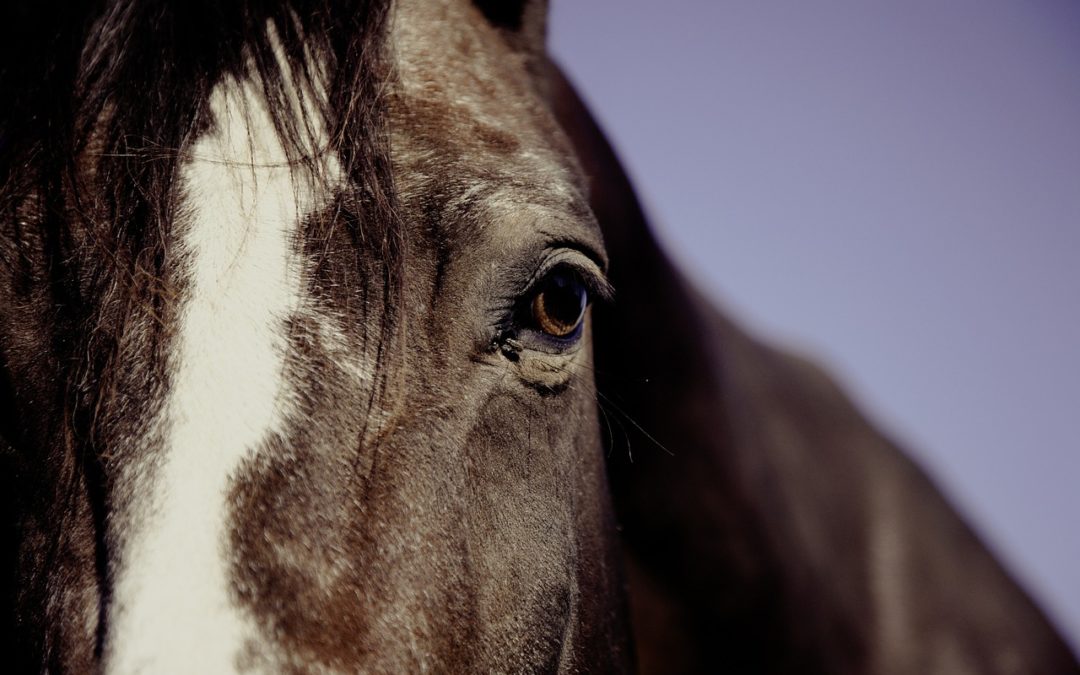It’s officially spring time! In Gillette, Wyoming, we can’t wait for Spring after most winters! It’s also that wonderful time of year that our Gillette Veterinarians recommend getting your horses vaccinated. We get a lot of questions about what vaccinations Animal Medical Center recommends for horses.
One of the important vaccinations that Animal Medical Center recommends is Rhino-Flu, which helps protect against EHV and Equine Influenza. Here are some important facts about Equine Influenza that you need to know to protect your horses.
What is it?
Equine Influenza is a virus that occurs sporadically in epidemic form in horse populations worldwide (except in Iceland, Australia or New Zealand)
What does it look like?
When horses come down with Equine Flu they start exhibiting symptoms between 24 hours and 3 days after exposure to the virus. Signs that they have ‘caught’ the Flu are a snotty nose, fever, swelling of the lower limbs and coughing which may seem uncontrollable. Please call our Gillette Veterinarians immediately if you see any of these signs in your horse.
Young horses and horses under stress are at the highest risk. People are not at risk to catch Equine Influenza.
How does a horse get it?
The most common form of transmission is aerosol, which is the inhalation of droplets of mucous and saliva from an infected horse that is coughing and snorting.
Indirect transmission can also occur. An example of this might be an infected horse exhales or coughs mucous and saliva droplets onto a fence where it is tied up. Shortly after leaving the area another horse is tied up to the same fence and rubs their nose where the droplets from the first horse remain. A horse that becomes sick after drinking from a water source that an infected horse has drunk from is another example of indirect transmission.
The virus can live up to two days on a hard object like a fence and has been found to live up to three days in water. An infected horse can ‘shed’ the virus for as long as 10 days after symptoms begin.
Where does a horse get it?
Your horse is most likely to catch Equine Flu in areas where large numbers of horses congregate or pass through. Examples of higher risk areas are fairgrounds, rodeo arenas, boarding facilities and any areas where horses from different locations get together.
How can I prevent it?
Keeping your horse away from high-risk areas is one way to reduce the chance of contagion. Vaccination is also a proven way to reduce risk, especially for those who are competition horses. At Animal Medical Center our recommendation for vaccination is to give the Rhino-flu injection according to the following guidelines:
Ranch/pleasure horses: one to two shots annually
Roping/Rodeo horses: two shots annually (Spring and Fall)
Young Futurity and Show horses: four shots annually


